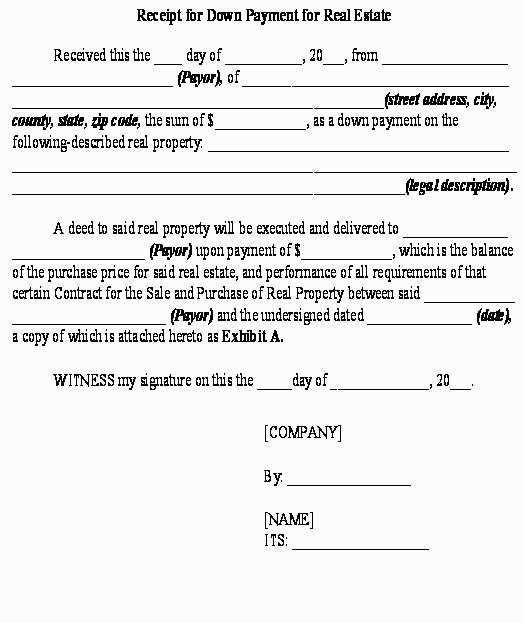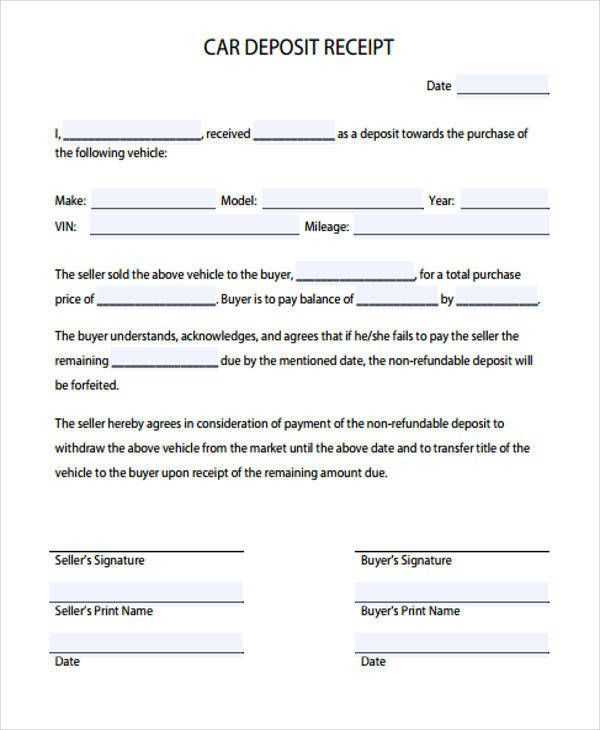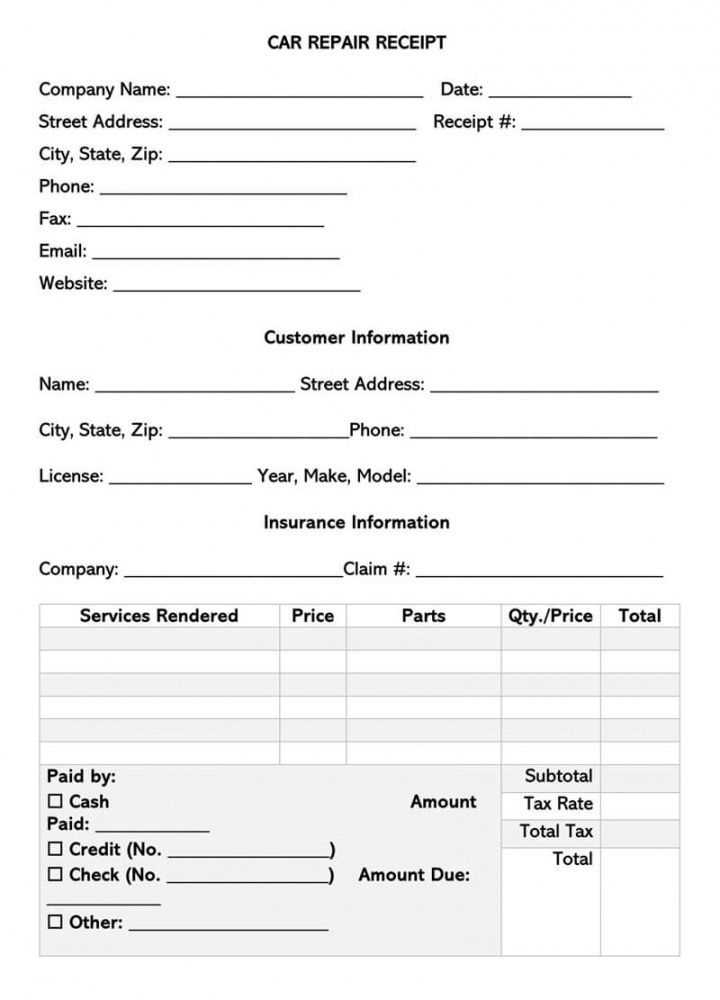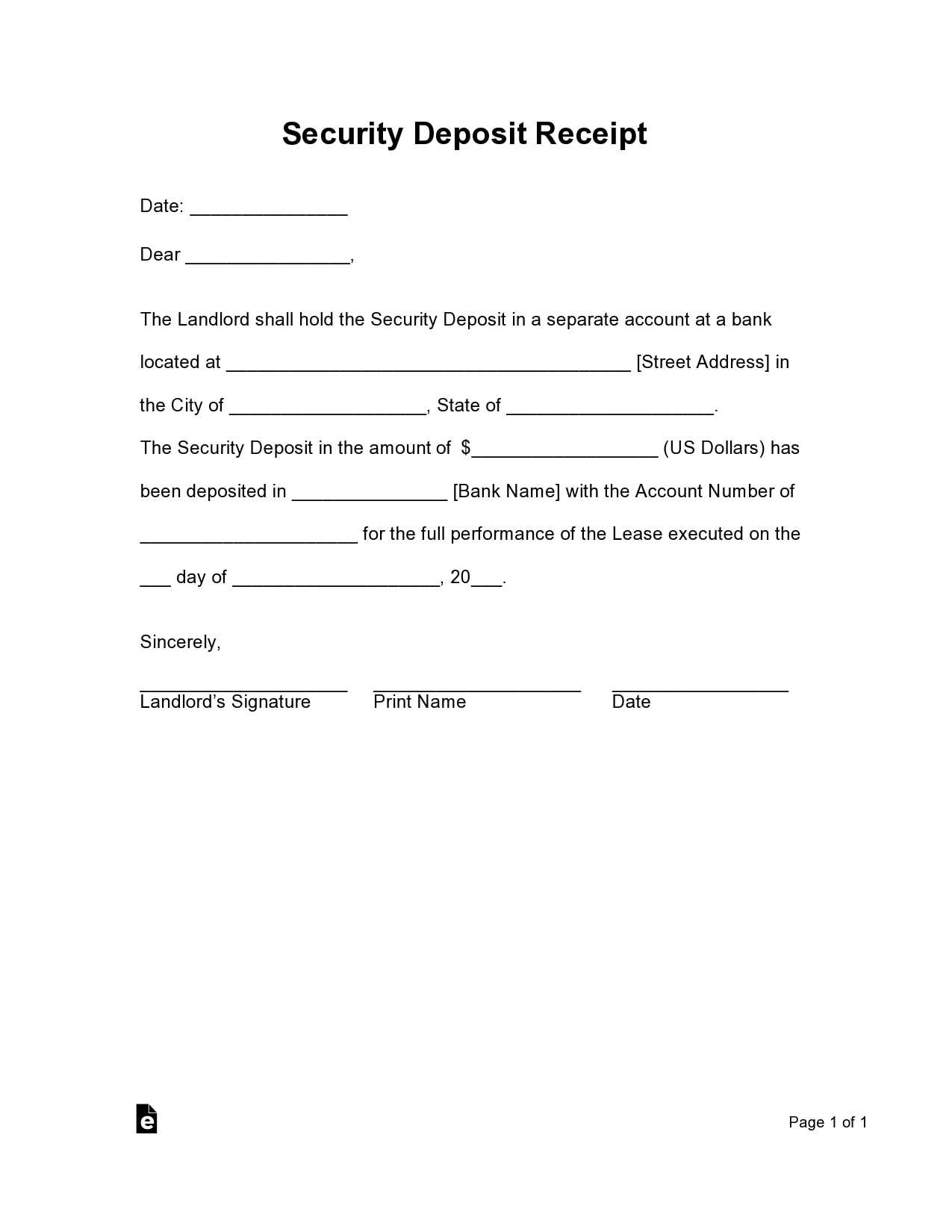
When selling or renting a car, having a clear and organized car deposit receipt is vital. This document protects both the buyer and seller, ensuring the transaction is transparent. Here’s what should be included in a comprehensive car deposit receipt template.
Key Elements of a Car Deposit Receipt

To create a well-structured car deposit receipt, include the following details:
- Transaction Date – Clearly state the date the deposit was made.
- Buyer and Seller Information – Include the full names, addresses, and contact details of both parties.
- Deposit Amount – Specify the amount of money deposited for the car purchase or rental.
- Vehicle Details – Mention the make, model, year, and vehicle identification number (VIN).
- Remaining Balance – State the remaining amount to be paid, if applicable, and the payment terms (e.g., full payment due upon delivery).
- Reason for Deposit – Clarify the purpose of the deposit (e.g., securing the car, holding it until pickup).
- Agreement Terms – Include any important conditions related to the deposit, such as refund policies or cancellation terms.
Sample Template

Here’s a basic template that includes all the necessary information:
Car Deposit Receipt
Date: [Date]
Buyer Information: [Buyer’s Full Name, Address, Contact Information]
Seller Information: [Seller’s Full Name, Address, Contact Information]
Vehicle Details: [Make, Model, Year, VIN]
Deposit Amount: [Amount]
Remaining Balance: [Amount Remaining]
Reason for Deposit: [Reason]
Agreement Terms: [Terms and Conditions]
Signature (Buyer): ______________________
Signature (Seller): ______________________
Final Notes

Both parties should retain a copy of this receipt for future reference. If any issues arise, the receipt serves as evidence of the deposit transaction. Clear terms and proper documentation will ensure a smooth process when purchasing or renting a car.
Car Deposit Receipt Template: Practical Guide

A well-structured car deposit receipt ensures clarity and protection for both the buyer and the seller. Here’s how to create a straightforward document:
How to Structure a Car Deposit Receipt for a Clear Transaction Record

Start by clearly identifying both parties involved: the buyer and the seller. Include full names, addresses, and contact information. Then, specify the car’s details, such as make, model, year, and VIN (Vehicle Identification Number). This ensures there is no confusion about which car is being referenced.
Next, indicate the amount of the deposit. Clearly state the deposit amount and its purpose, e.g., “deposit towards the purchase of [car make and model].” Additionally, provide a brief description of any agreed terms such as the total sale price, payment method, and any conditions tied to the deposit (e.g., refundable, non-refundable).
Key Details to Include in Your Car Deposit Receipt Template
Incorporate a date to mark when the deposit was made, as well as a clear description of when the remainder of the payment is due. Including a unique receipt number or reference can help track multiple transactions for record-keeping purposes. Both parties should sign and date the document to confirm their agreement to the terms outlined.
Customizing a Car Deposit Receipt for Various Sale or Rental Scenarios
For a car sale, include a specific clause on the transfer of ownership and any warranties or guarantees tied to the vehicle. If the receipt is for a car rental, clarify the rental period, return policy, and any damage deposits. Adapt the language and terms based on whether it’s a sale, rental, or lease to ensure both parties understand their obligations clearly.


